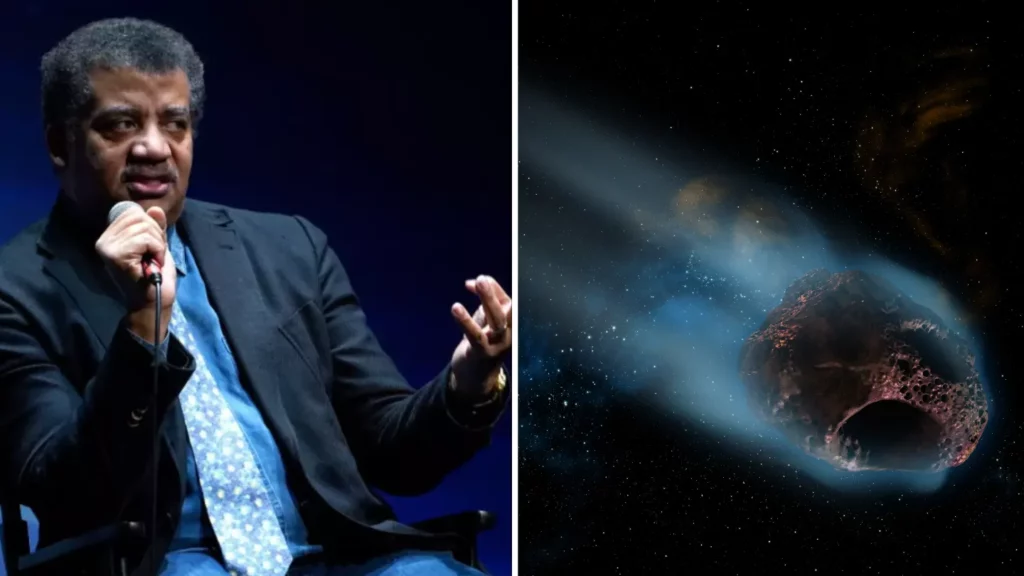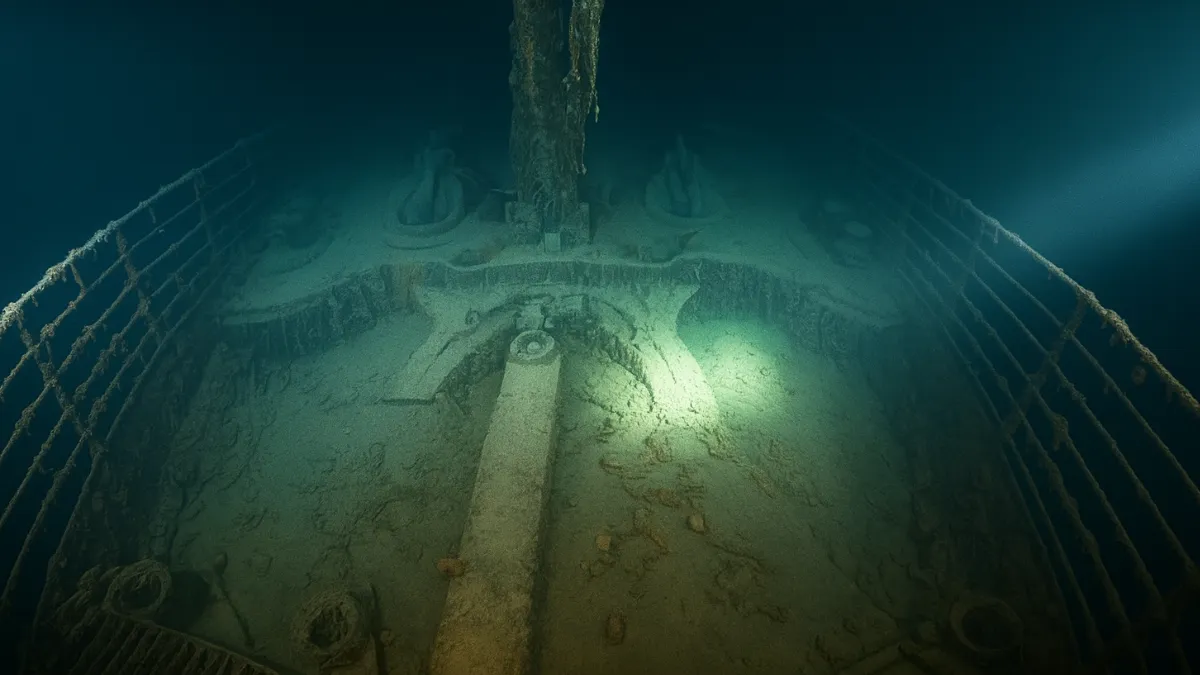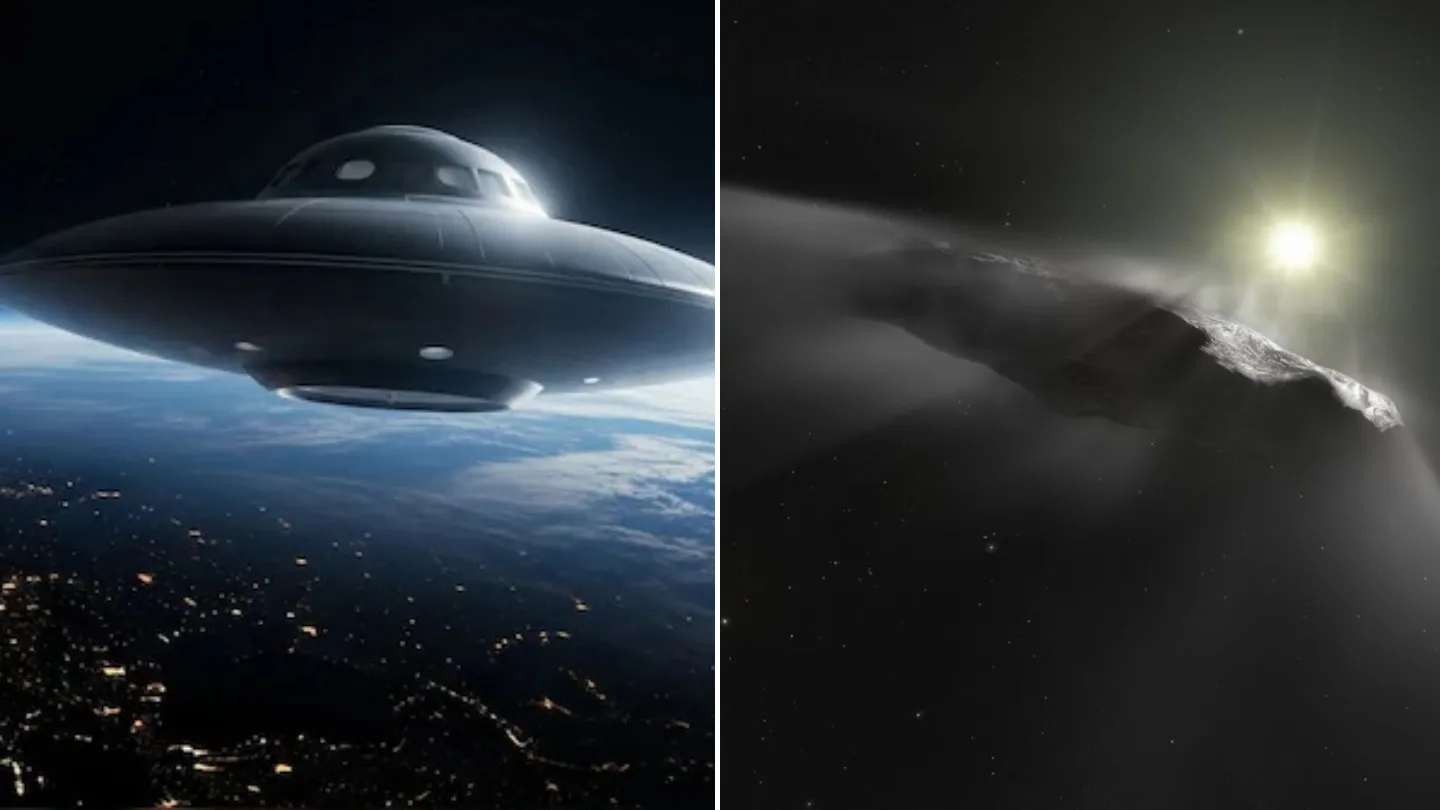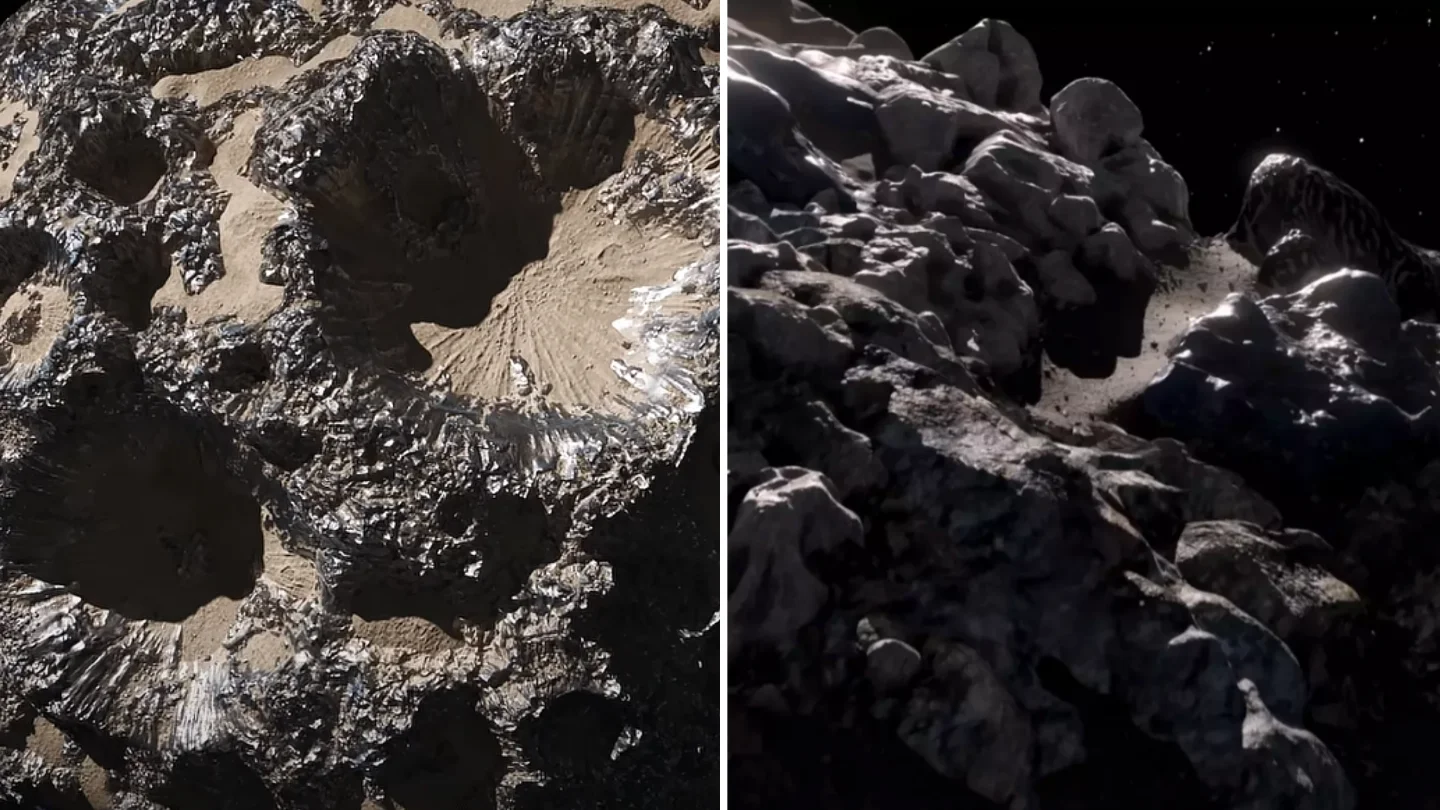In a world full of cosmic wonders and dangers, few people, like astrophysicist Neil deGrasse Tyson, can express the possible dangers of our cosmos.
Tyson’s observations into the asteroid Apophis, which surfaced recently following a 2007 interview with Conan O’Brien, have prompted increased interest and alarm among scientists and the general public.
Asteroids, often referred to as minor planets, are remnants of the early solar system, with Apophis being one of the most well-known.
Astronomers Roy Tucker, David Tholen, and Fabrizio Bernardi discovered Apophis at Arizona’s Kitt Peak National Observatory on June 19, 2004. It has since become a focal point for astronomers.
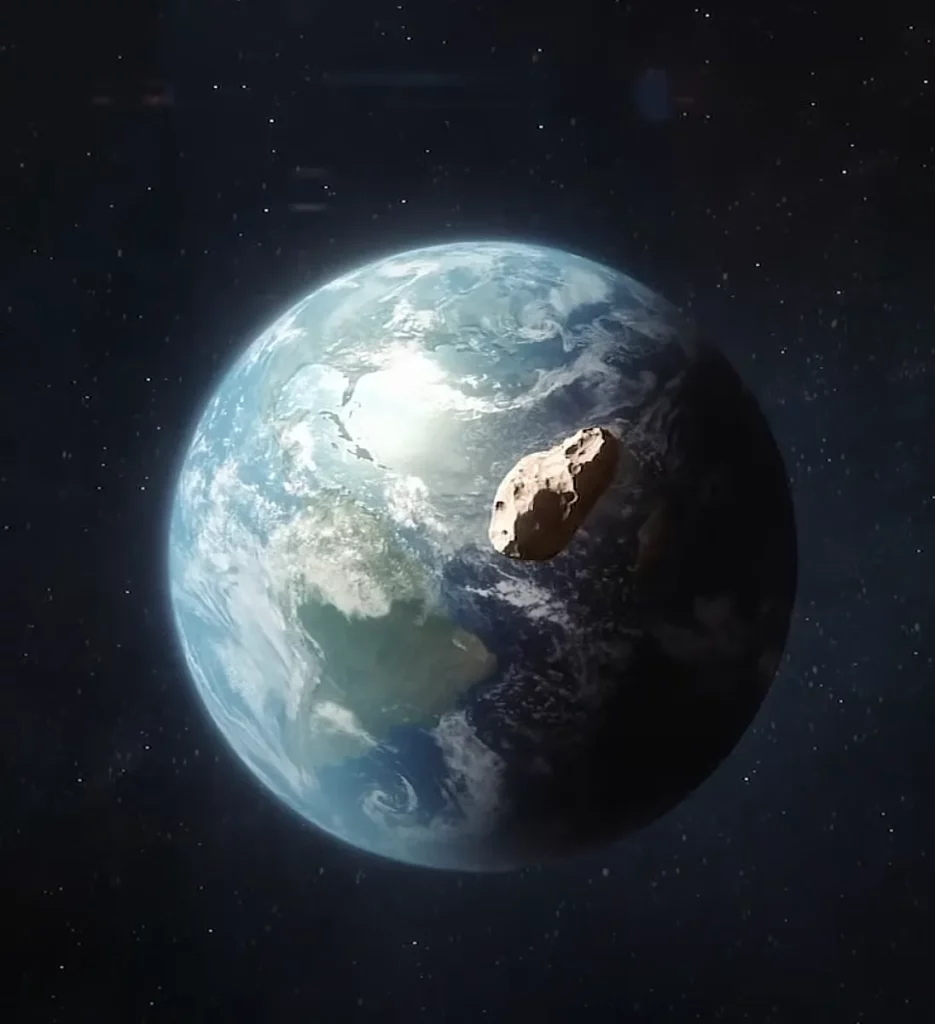
The asteroid is around 1,100 feet (340 meters) wide, and NASA has methodically traced its progress. Tyson’s chat with O’Brien delves into the terrifying ramifications of Apophis’ possible collision with Earth.
He offered a dramatic picture of devastation, explaining how an impact may have disastrous effects. “If it strikes and hits the center of where we think it will be, it will plunge into the Pacific Ocean, cavitate the ocean with a three-mile-wide hole, three miles deep,” according to him.
This event would send a surge of water toward the North American coastline, causing devastating waves that might sweep away mansions in Malibu. The astronomer stated that the likelihood of a collision is not negligible, with a one in 45,000 chance that Apophis will collide with Earth.
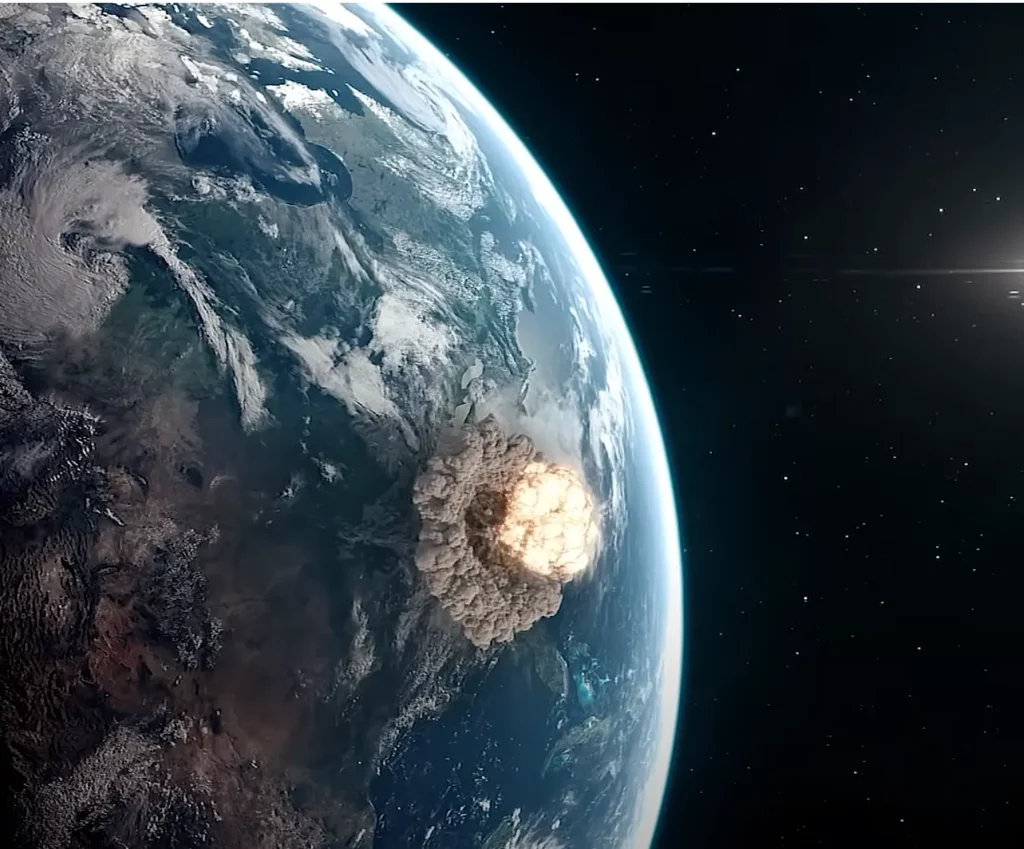
However, he assured the audience that the scientific community is not taking the issue lightly, saying, “We’ve got top people working on this problem.” Tyson further underlined that, if an impact occurs, it will not necessarily result in millions of deaths due to the advance notice we may receive.
Tyson added to the complexity of this cosmic narrative by mentioning that we expect a ‘close approach’ to Earth on April 13, 2029. Tyson predicts that Apophis will safely pass within 19,794 miles (31,860 kilometers) of our planet’s surface during this collision, an unprecedented close encounter for an asteroid of this size.
NASA has taken substantial steps to monitor Apophis, redirecting a spacecraft called OSIRIS-APEX to examine the asteroid during its 2029 flyby. On April 23, 2029, NASA has scheduled the spacecraft to fly by Apophis, approaching at a distance of approximately 2,500 miles (4,000 kilometers), and it will spend 18 months studying the asteroid’s surface and researching its chemical makeup.
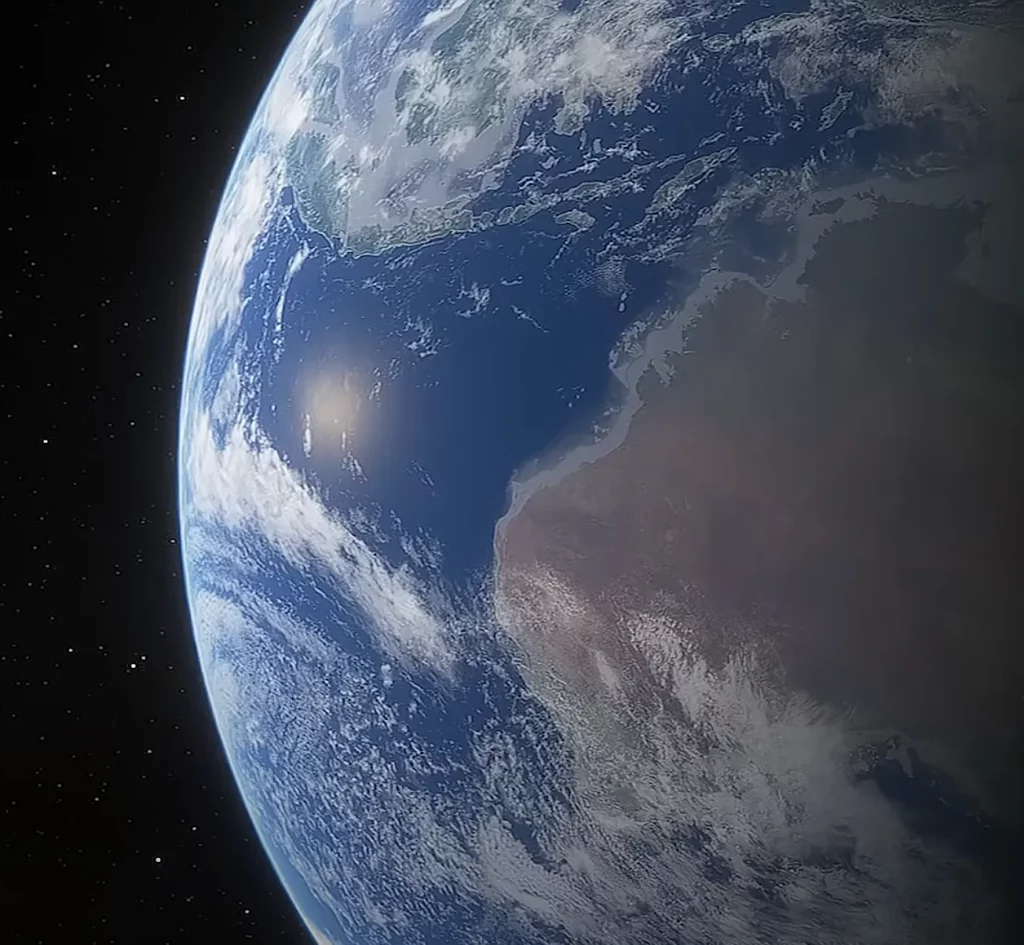
During this time, ground-based telescopes will also track the asteroid’s movements in order to collect as much information as possible. Unexpectedly, NASA’s perspective on Apophis, once considered a potential threat, has evolved over time.
Scientists essentially eliminated the possibility of a collision in both 2029 and 2036. However, following a recent data correction, scientists revealed that there is still an extremely low possibility of impact under certain situations.
This sparked debate among specialists on the significance of such findings. As Tyson’s predictions resonate in the minds of many, the conversation about asteroids and their potential impacts has gained momentum.
Apophis’ cosmic dance reminds us of our fragility in the grand scheme of the universe. It emphasizes the importance of ongoing monitoring and investigation.
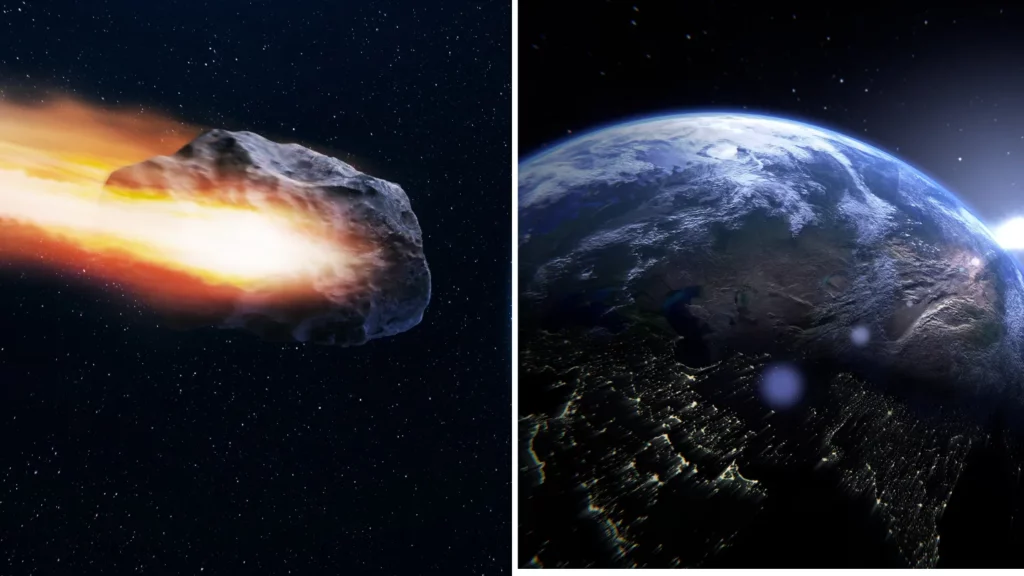
To summarize, while the probability of an asteroid reaching Earth is tiny, the effects might be catastrophic. Neil deGrasse Tyson’s forecasts, as well as current efforts by NASA and astronomers around the world, warn us that, while we may be safe for the time being, Apophis’ approach serves as a sobering reminder of the unknowns that lurk in our solar system.
Feature Image Credit: (YouTube/@cosmoknowledge)

